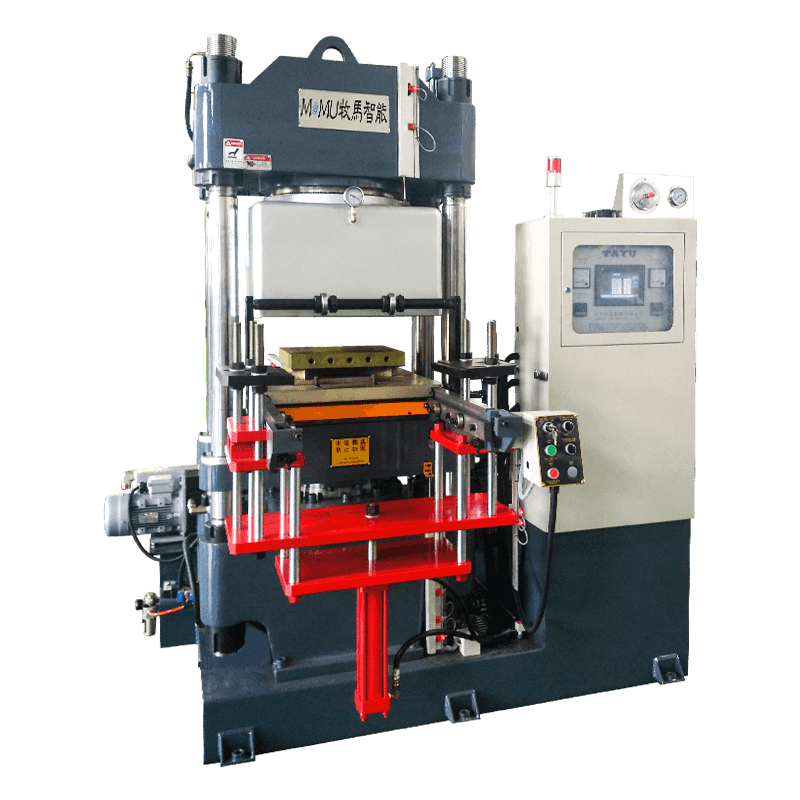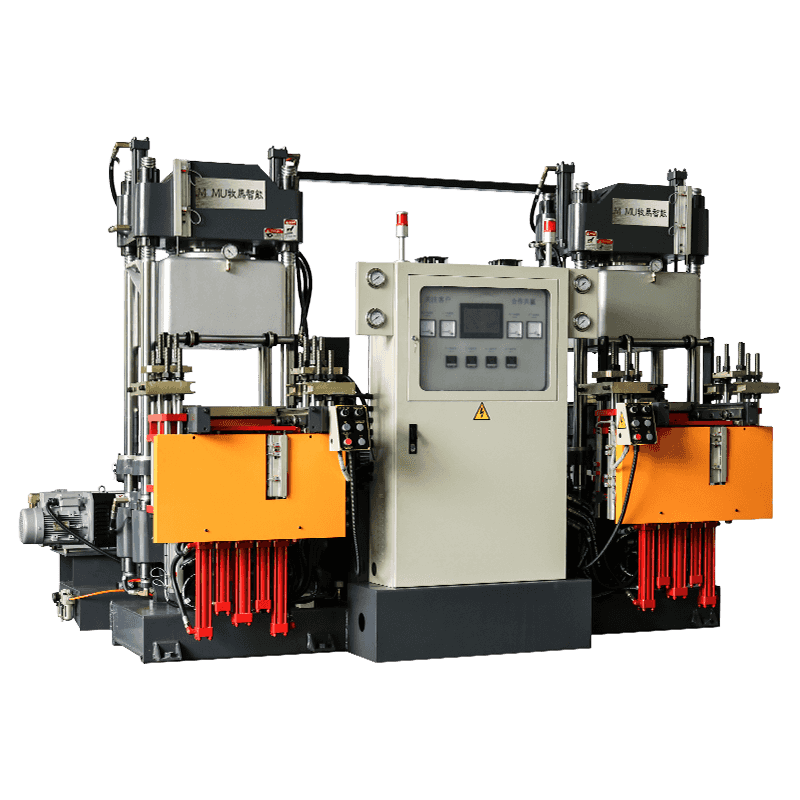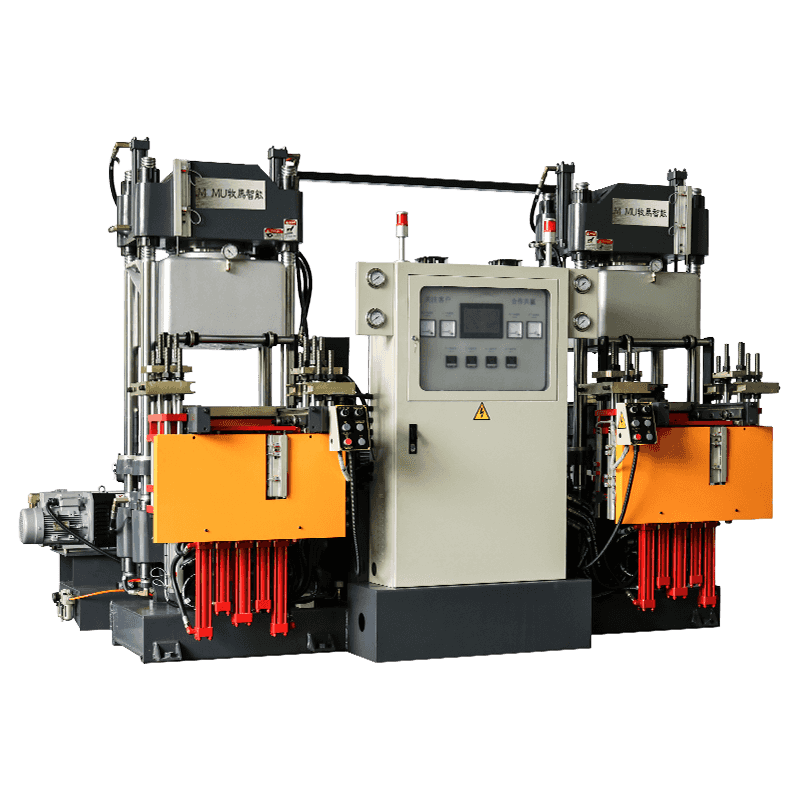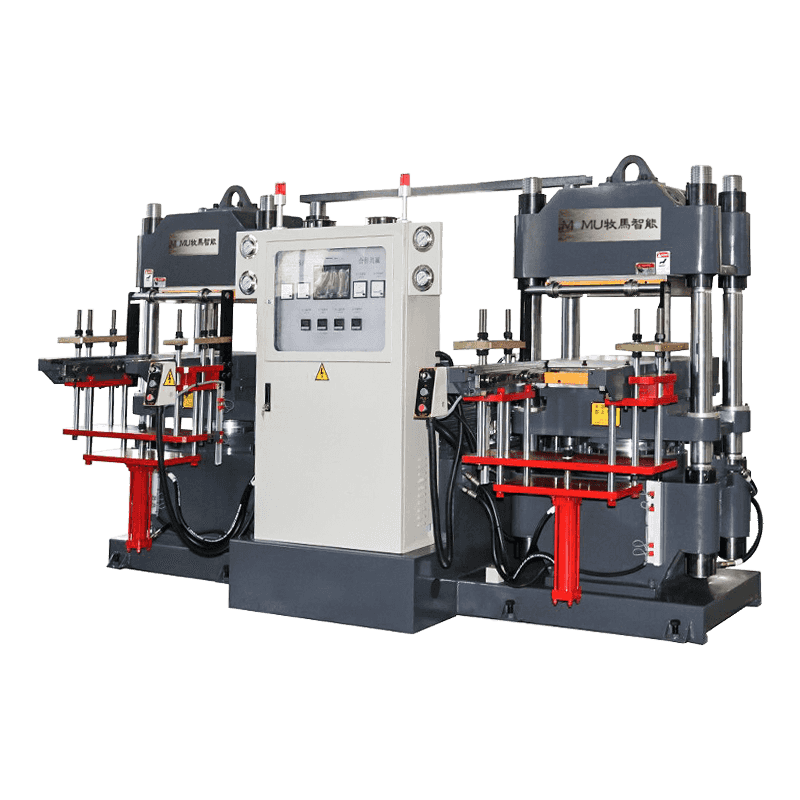Rubber injection molding machines have revolutionized the manufacturing landscape, providing an efficient and precise method for producing rubber components used in a wide range of industries. These machines are essential for creating products that require high precision and durability, from automotive parts to medical devices. This article delves into the intricacies of rubber injection molding machines, their evolution, and their significant impact on modern manufacturing.
Understanding Rubber Injection Molding
Rubber injection molding is a process in which uncured rubber is injected into a mold cavity, where it is then heated and vulcanized to take the shape of the mold. This method is highly efficient and allows for the production of complex shapes with tight tolerances. The process involves several key steps: preheating the rubber, injecting it into the mold, and curing it to achieve the final product.
![]()
Components of a Rubber Injection Molding Machine
A typical rubber injection molding machine comprises several critical components:
Injection Unit: This is where the rubber is preheated and injected into the mold. The injection unit includes a screw or plunger mechanism to ensure precise control of the injection process.
Clamping Unit: The clamping unit holds the mold in place and applies the necessary pressure to keep it closed during the injection and curing processes. It ensures that the mold remains securely closed, preventing material leakage.
Heating System: The heating system is responsible for maintaining the optimal temperature required for curing the rubber. This system is critical for ensuring that the rubber vulcanizes correctly and achieves the desired properties.
Control System: Modern machines are equipped with advanced control systems that allow for precise regulation of temperature, pressure, and injection speed. These systems ensure consistent quality and repeatability in the manufacturing process.
Evolution of Rubber Injection Molding Machines
The development of rubber injection molding machines has been marked by significant technological advancements. Early machines were relatively simple and required manual intervention at various stages of the process. However, with the advent of automation and computer control, these machines have become highly sophisticated.
One of the major milestones in the evolution of these machines was the introduction of computer numerical control (CNC) technology. CNC machines allow for precise control over the injection process, reducing the likelihood of defects and increasing the efficiency of production. Additionally, the development of more robust and heat-resistant materials has enabled machines to handle a wider range of rubber compounds.
Advantages of Rubber Injection Molding
Rubber injection molding offers several advantages over traditional molding methods:
Efficiency: The process is highly automated and can produce large volumes of parts with minimal manual intervention. This leads to faster production cycles and lower labor costs.
Precision: The use of advanced control systems ensures that parts are produced with high precision and consistency. This is particularly important for industries where tight tolerances are crucial.
Complexity: Rubber injection molding allows for the creation of complex shapes that would be difficult or impossible to achieve with other methods. This flexibility is invaluable for designing intricate components.
Material Utilization: The process minimizes waste by ensuring that nearly all of the injected material is used in the final product. This makes it an environmentally friendly option.
Applications of Rubber Injection Molding
Rubber injection molding is used in a wide range of industries:
Automotive: The automotive industry relies heavily on rubber injection molding for producing parts such as seals, gaskets, and hoses that must withstand harsh conditions.
Medical: Medical devices often require precise and reliable rubber components. Injection molding ensures that these parts meet stringent quality standards.
Consumer Goods: Many everyday products, from kitchen utensils to electronics, incorporate rubber parts made through injection molding.
Aerospace: The aerospace industry uses this process to create components that must endure extreme temperatures and pressures.
Rubber injection molding machines have significantly advanced the manufacturing industry by providing an efficient, precise, and versatile method for producing rubber components. As technology continues to evolve, these machines will likely become even more sophisticated, further enhancing their capabilities and expanding their applications. The impact of rubber injection molding on modern manufacturing is undeniable, and its continued development promises to drive innovation across various industries.





